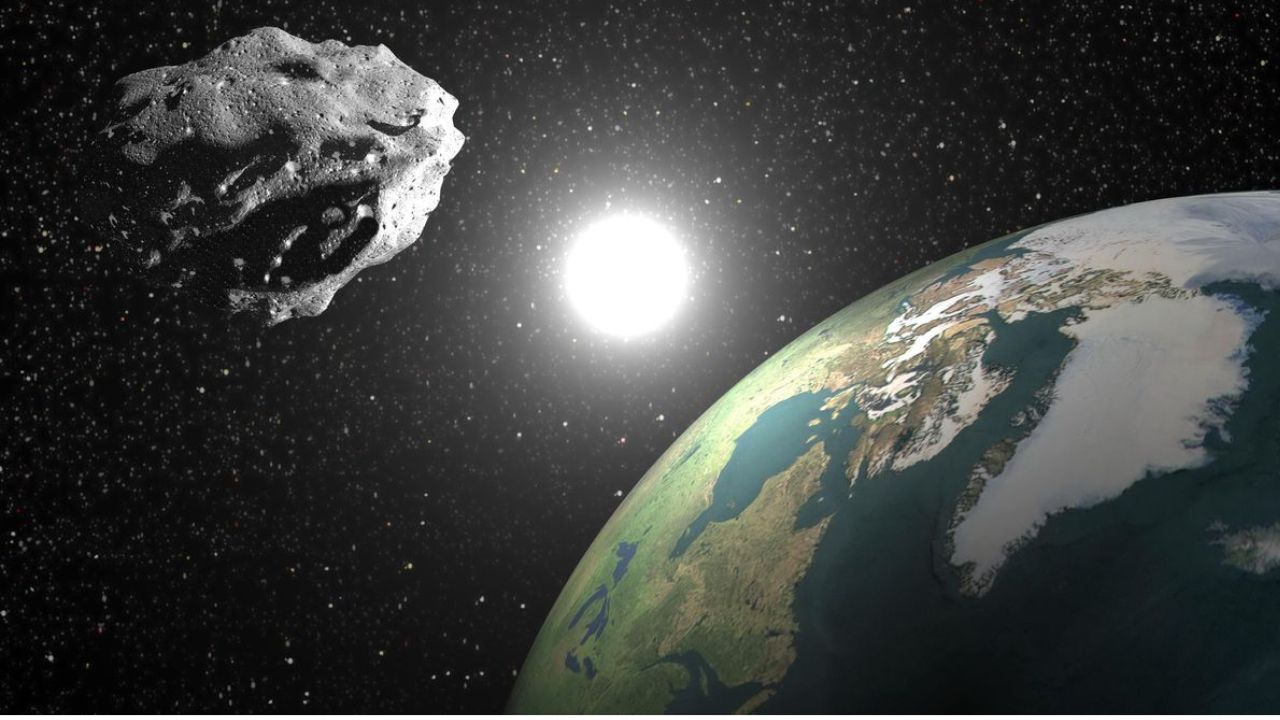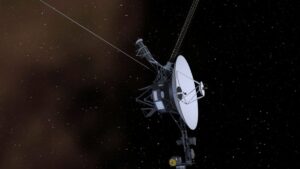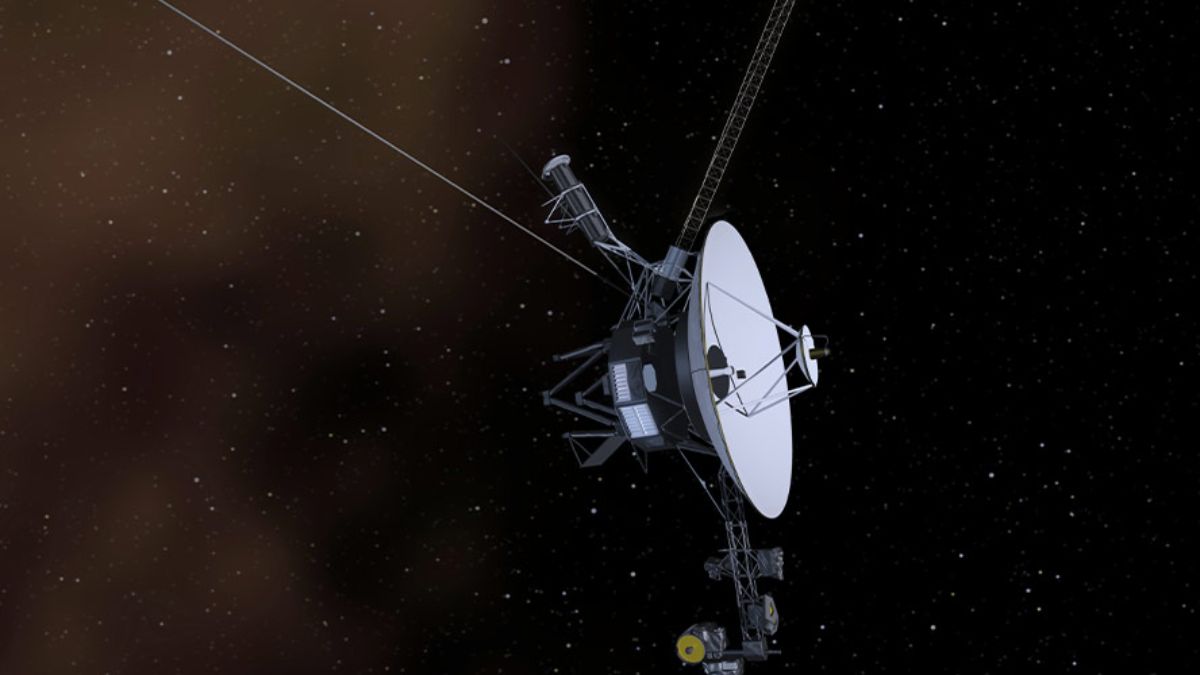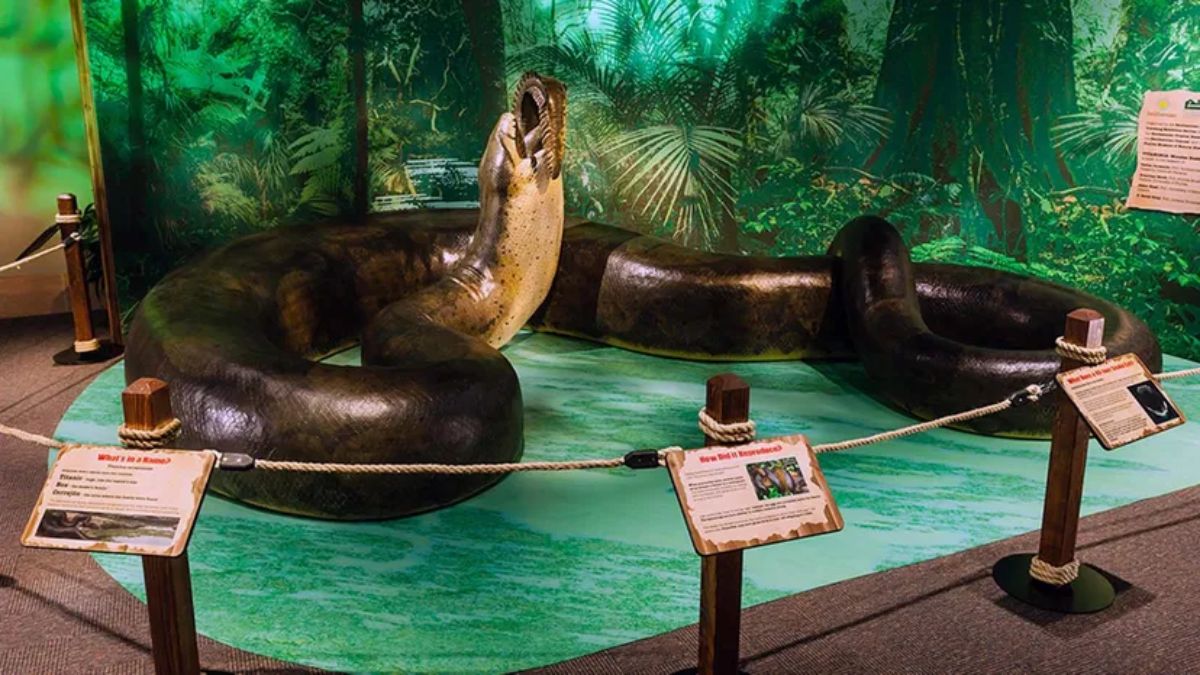NASA scientists are buzzing—and not without reason. A new object, tagged A11pl3Z, has just been clocked hurtling into our solar system at a staggering 245,000 km/h.
Table of Contents
That’s nearly seven times faster than a bullet. What’s throwing everyone off balance is not just the speed but also its rebellious disregard for gravity’s usual playbook. And if the size estimates hold up, this might be the third-largest space object ever spotted by humans.
So what’s this mysterious cosmic intruder? Let’s unpack the story.
What We Know So Far
NASA’s Asteroid Terrestrial-impact Last Alert System (ATLAS) picked up A11pl3Z on June 25. Unlike typical comets that swing around the Sun in predictable orbits, this one’s zipping along a hyperbolic path—a mathematical clue that it’s not from our solar neighborhood. It isn’t looping around for a visit; it’s just passing through.
Current models show the object will brush past Mars in October before making its closest approach to Earth in December 2025. But there’s no need to panic—by then, Earth will be safely parked on the far side of the Sun.
A Stranger Among Us
What’s throwing astronomers is its identity crisis. A11pl3Z doesn’t have a visible coma (that glowing halo of gas and dust that gives comets their signature look) and no flashy tail either. Here’s how the guesses stack up:
| Possibility | What It Means | Why It Fits/Doesn’t Fit |
|---|---|---|
| Comet | A ball of ice, dust, and rock | Could be faint or dormant, but missing classic coma |
| Asteroid | Rocky, dark object | Fits the no-tail look, but unusually large for an interstellar visitor |
| Unknown Object | Something we’ve never classified | Can’t be ruled out—ʻOumuamua taught us that |
ESA’s Richard Moissl leans toward “probably a comet,” but admits any other explanation would be groundbreaking.
Cosmic Déjà Vu
This isn’t our first brush with outsiders. Two other interstellar visitors have passed through before:
- ʻOumuamua (2017): Cigar-shaped, strangely flat, and tailless. Some scientists (and more than a few sci-fi fans) even floated the idea it was artificial.
- 2I/Borisov (2019): Looked more like a standard comet, but its path was clearly hyperbolic.
Now A11pl3Z enters the scene, possibly the largest interstellar object ever recorded, and it already feels like the heavyweight of the trilogy.
Why It Matters
Astronomers believe there could be thousands of interstellar objects buzzing through our solar system undetected. Some are just rocks. But others might carry organic compounds, the raw ingredients for life. If A11pl3Z can be studied up close, it could provide new insights into how solar systems form—or even how life’s building blocks get scattered across galaxies.
NASA and the James Webb Space Telescope, along with the upcoming Vera C. Rubin Observatory, are already zeroing in, trying to capture every detail before this guest disappears back into the cosmic dark.
What’s Next
Over the next several months, expect a flurry of updates as astronomers pin down its composition, brightness, and spin. Is it just a quiet chunk of rock? A comet pretending to be shy? Or the start of a whole new category of celestial objects?
One thing’s certain: A11pl3Z has cracked open another window into the unknown. It’s a reminder that our solar system isn’t a closed club—strangers from deep space do wander in, sometimes at blistering speeds, daring us to make sense of them.
Fact Check
At the time of writing, NASA has not officially confirmed any object named A11pl3Z in its Center for Near-Earth Object Studies (CNEOS) or ATLAS catalog. While the scenario described is plausible based on past visitors like ʻOumuamua and 2I/Borisov, there is no verified discovery of an object by this name or description. Readers should treat this story as speculative until confirmed by official releases from NASA or the European Space Agency (ESA).
FAQs:
What makes A11pl3Z different from normal comets?
Unlike most comets, A11pl3Z shows no visible coma or tail and follows a hyperbolic path instead of an elliptical orbit.
Could A11pl3Z collide with Earth?
No. Models show its closest approach in December 2025, but Earth will be safely on the opposite side of the Sun.
Has NASA confirmed the discovery of A11pl3Z?
As of now, NASA has not listed A11pl3Z in its official databases. The story remains unverified.

















